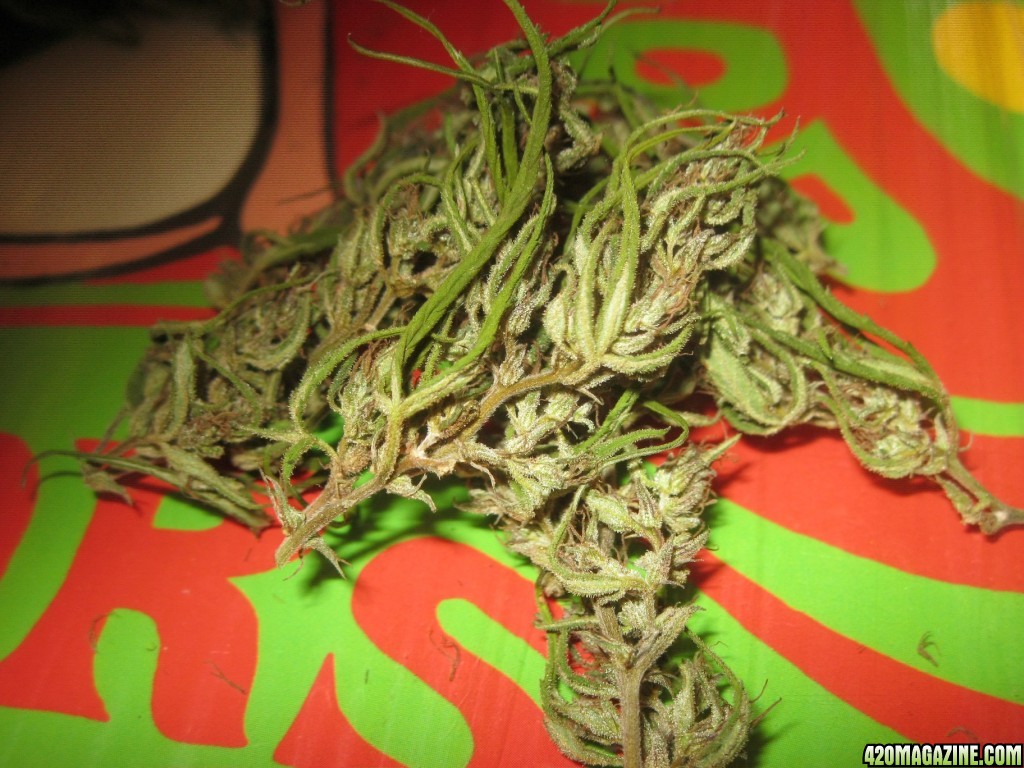Your plants are gorgeous.....
Italian soil---I'm told by an Italian who grows veggies with my gear---is volcanic, calciferous soil. So it's very cool you get to use it!
As to phosphorus, it all depends on what form you add. In my practice, the phosphorus is mostly from Soft Rock Phosphate and fish juice, with only a small amount of phosphates during a 2 week phase.
In that form, there is no negative effect at all with biota....none.
But remember, the "range" we're looking for is thus:
Calcium 18
phosphorus 1
potassium 1
So, in a sense it's "low P" soil and high "Ca" soil.
Thanx a lot Doc, although I still think they can do much better

Which is what brought me to following this thread. I came this way really, cause I've been thinking first about dropping this phosphorus thing, and regulate nitrogen better, which started me thinking on this potassium thing

And it makes sense to me really, even if I still want to to stay in true organic territory. Yeah I believe it should be counted by cannabis growers as N-P-K-Ca really to make sense of it all, and reminds me of my first indoor grow done 12 or 13 years ago with two lame CFLs, when I used potting soil, EWC and powdered egg shells (97% calcium carbonate and trace minerals), and I had no deficiencies, wonderfully smelling weed, even if I scored an ounce or two at the end

I think I'm gonna start using refractometer, and I can take it from there. Our soil is indeed quite good, someone on this forum said it's like Hawaiian, but unfortunately I don't know nothing about smoke from there, cause I never saw it in my life

But yeah what I wanted to say that you helped me a lot to see a possible direction in growing, and if it works I'm gonna be even more grateful. In the end this plant evolved as a weed literally, and was growing all over Siberia and China, so it couldn't have high nutrient demands, which I think is still true about many hybrids. Anyway, top of my best bud too you, even if it's very wispy, but I wouldn't change this Himalayan sativa for anything else fat or frosty

They believe over there that Shiva discovered this plant and they might be right about it

Your Willie Nelson is half Nepalese Highland if I remember well, so this genetics surely comes through








 And it makes sense to me really, even if I still want to to stay in true organic territory. Yeah I believe it should be counted by cannabis growers as N-P-K-Ca really to make sense of it all, and reminds me of my first indoor grow done 12 or 13 years ago with two lame CFLs, when I used potting soil, EWC and powdered egg shells (97% calcium carbonate and trace minerals), and I had no deficiencies, wonderfully smelling weed, even if I scored an ounce or two at the end
And it makes sense to me really, even if I still want to to stay in true organic territory. Yeah I believe it should be counted by cannabis growers as N-P-K-Ca really to make sense of it all, and reminds me of my first indoor grow done 12 or 13 years ago with two lame CFLs, when I used potting soil, EWC and powdered egg shells (97% calcium carbonate and trace minerals), and I had no deficiencies, wonderfully smelling weed, even if I scored an ounce or two at the end  I think I'm gonna start using refractometer, and I can take it from there. Our soil is indeed quite good, someone on this forum said it's like Hawaiian, but unfortunately I don't know nothing about smoke from there, cause I never saw it in my life
I think I'm gonna start using refractometer, and I can take it from there. Our soil is indeed quite good, someone on this forum said it's like Hawaiian, but unfortunately I don't know nothing about smoke from there, cause I never saw it in my life 

